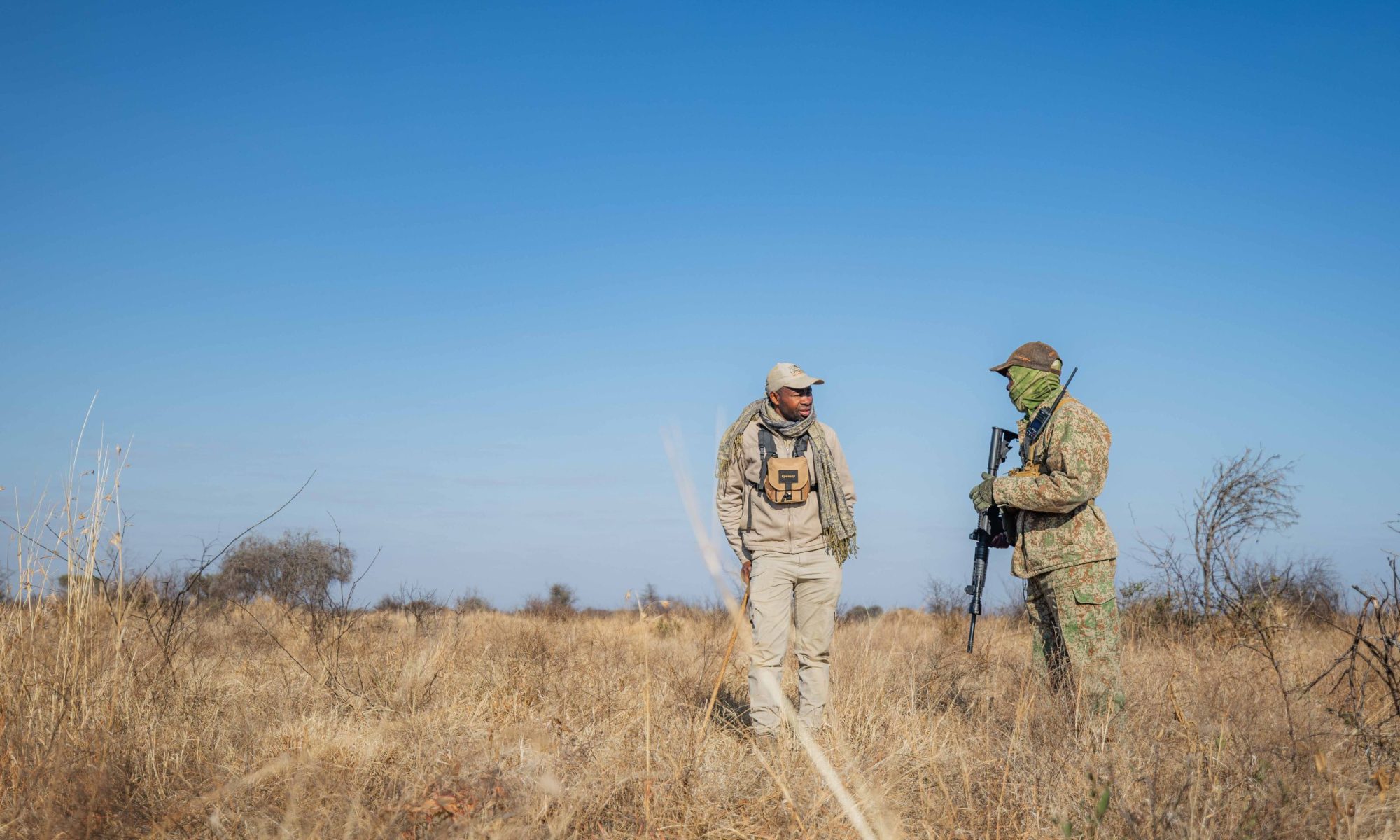













































































Our Partners & Collaborators
African Parks
Global Humane – Conservation Fund of Africa
Conservation Solutions
Dinokeng Game Reserve
Eight Months On: Dinokeng Rhino Rewild Translocation Follow-Up and Horn Implant
Once a rhino is translocated, the journey is far from over. Eight months ago, as part of the Rhino Rewild Initiative by African Parks, which aims to translocate 2,000 southern white rhinos to protected landscapes across Africa, our team assisted in relocating a herd to Dinokeng Game Reserve, in partnership with Conservation Solutions and the Global Humane Conservation Fund of Africa.
Today, we returned to Dinokeng to check on one of the very rhinos we helped translocate last year, this time as part of the “Observing Conservation Events” program, led by David Boshoff, which invites the public to witness frontline conservation in action. Two rhinos were scheduled for horn implants: a black rhino and a white rhino from the original translocation. To replace a damaged foot collar, the white rhino will receive a VHF horn implant—a device embedded in the horn to assist with ongoing monitoring and identification. This is especially important in reserves like Dinokeng, which leave their rhinos horned and are located close to urban centers. As part of the reserve’s protocol, the rhino monitoring team is out daily, checking on the rhinos.
The morning began with a coordinated ground and aerial team, including a support crew, a veterinarian, and a helicopter pilot working in tandem. Before sunrise, the team deployed a thermal drone to locate potential rhinos for the operation, identifying individuals using an ear-notch system.
After a briefing with the ground crew, the helicopter lifted off—tasked with locating the selected rhinos and gently herding them into more accessible terrain for the ground crew. Once in position, the veterinarian darted the animal from the helicopter.
Our first target was a black rhino. Unlike their white counterparts, black rhinos are browsers, preferring dense thickets and acacia scrub. They also react differently to immobilization drugs—often metabolizing them faster, regaining consciousness sooner, and acting more defensively. In many cases, they will charge unfamiliar shapes like vehicles, making operations riskier and requiring the team to move quickly once the reversal drug is given.
Once safely darted and immobilized, the team blindfolded the rhino, then removed the outdated implant and carefully drilled a new cavity into the horn for the replacement device. The entire process was quick, controlled, and completely painless. During the procedure, the team also took the opportunity to collect additional samples and data for ongoing research.
Immediately afterward, the team set out to locate the white rhino—one of the very individuals we helped translocate to Dinokeng last year. The helicopter pilot expertly guided the animal toward the road, where it was darted and sedated in a safe, open area. A new implant was inserted into the horn and sealed with putty to ensure durability in the field. The horn was then taped, a temporary marker that the rhino will naturally rub off over time. This visual cue allows the team to easily identify the individuals they recently worked with. After the operation and reversal, the rhino woke up and walked off, healthy and undisturbed, with an invisible safeguard embedded in its horn.
VHF horn implants like these are just one tool in Dinokeng’s broader protection strategy, which also includes K9 units, aerial surveillance, fence patrols, ranger training, and internal ethics initiatives. Together, they create a responsive and adaptable network—solutions for complex, constantly changing threats.
We also spoke with one of the rhino monitors, who informed us that the newly translocated rhinos are adapting well to their environment and are socialising with other individuals in the reserve. We may find out about potential new pregnancies in the coming months. We look forward to continuing to witness the progress and success of these translocations.
The security and infrastructure that protect these megaherbivores also benefit lesser-known species, pollinators, scavengers, and plants. When we invest in the safety of rhinos, we invest in the future of African biodiversity and all ecosystems and species—charismatic and overlooked species alike—because every individual counts.
-
Wiki West
- July 27, 2025

